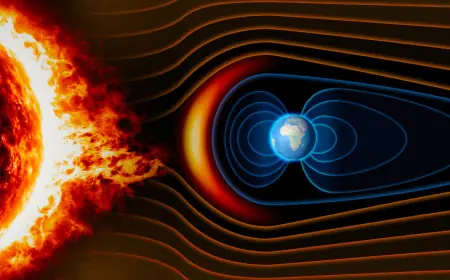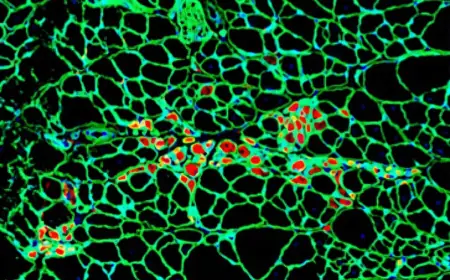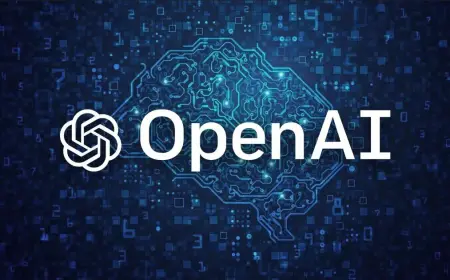Chinese Scientists Create Chip That Uses Light for Data Transmission — Speeds Reach 38 Tbps
A photonic multiplexer developed by scientists at Fudan University represents a major technological breakthrough that could fundamentally transform the future of computing and data transmission.

Here is the English translation of your text:
Chinese Scientists Create Chip That Uses Light for Data Transmission — Speeds Reach 38 Tbps
Chinese scientists have made a significant breakthrough in photonic technology by developing a unique silicon photonic multiplexer — a chip that transmits data using light instead of electrical signals. This innovation promises to transform computing by dramatically increasing both speed and energy efficiency.
Light Instead of Current
In traditional microchips, information is transmitted through conductors via electrical impulses. This new approach, based on optical waves, offers the following advantages:
-
Increased bandwidth
-
Reduced latency
-
Lower heat generation
The key component is the optical multiplexer, which combines and separates multiple light signals. This is critical for high-speed data centers and supercomputers.
Additionally, the chip can be integrated into existing systems due to its compatibility with CMOS architecture, which is widely used in modern memory and processors.
What the Developers Say
According to an official announcement from Fudan University (Shanghai), the chip supports:
-
Data transmission speeds up to 38 Tbps
-
Processing up to 4.75 trillion parameters per second when working with large language models (LLMs)
These capabilities can significantly accelerate training and execution of AI models directly on the device, eliminating the need to rely on remote servers.
Source: Press release and data published by Fudan University scientists — see GSMArena article: https://www.gsmarena.com
Why It Matters
Experts note that the integration of photonic chips into computing systems could:
-
Reduce power consumption in data centers
-
Increase bandwidth for AI servers
-
Enable the development of faster and more environmentally friendly computing architectures
This is especially relevant in light of the explosive growth of data volumes and increasing demand for large language models like ChatGPT, Gemini, and Claude.



























